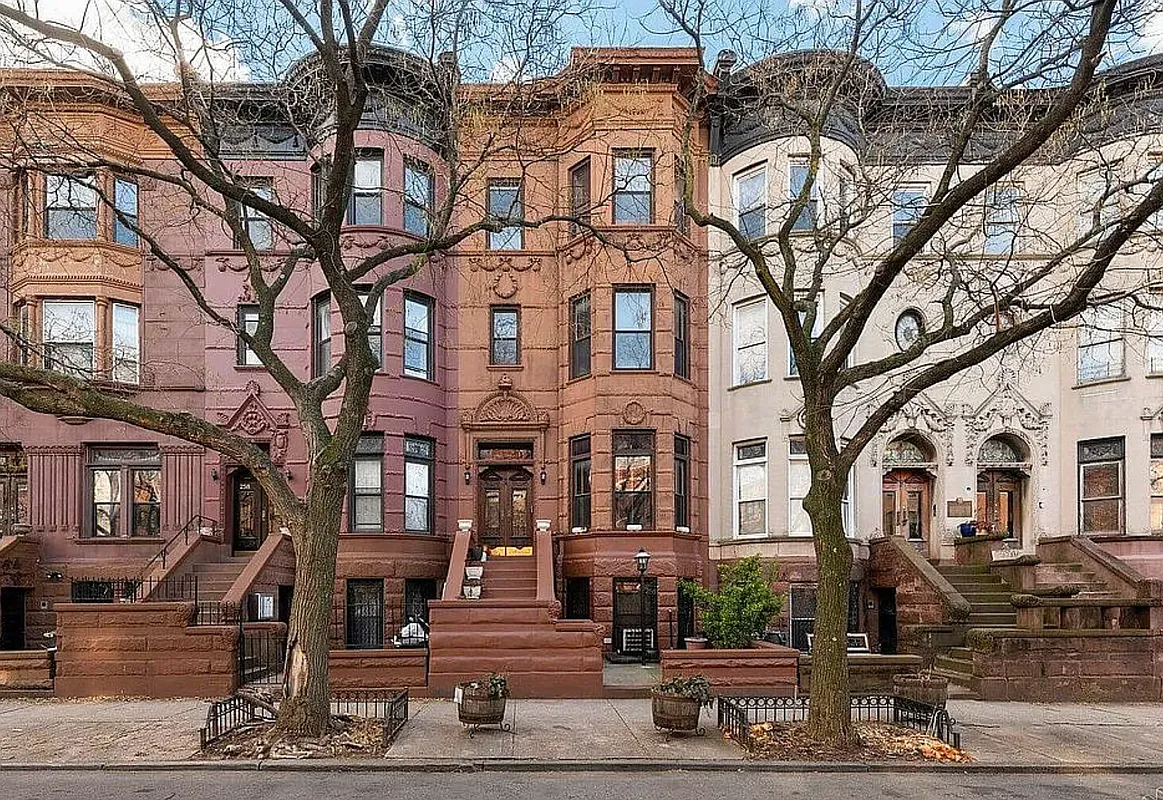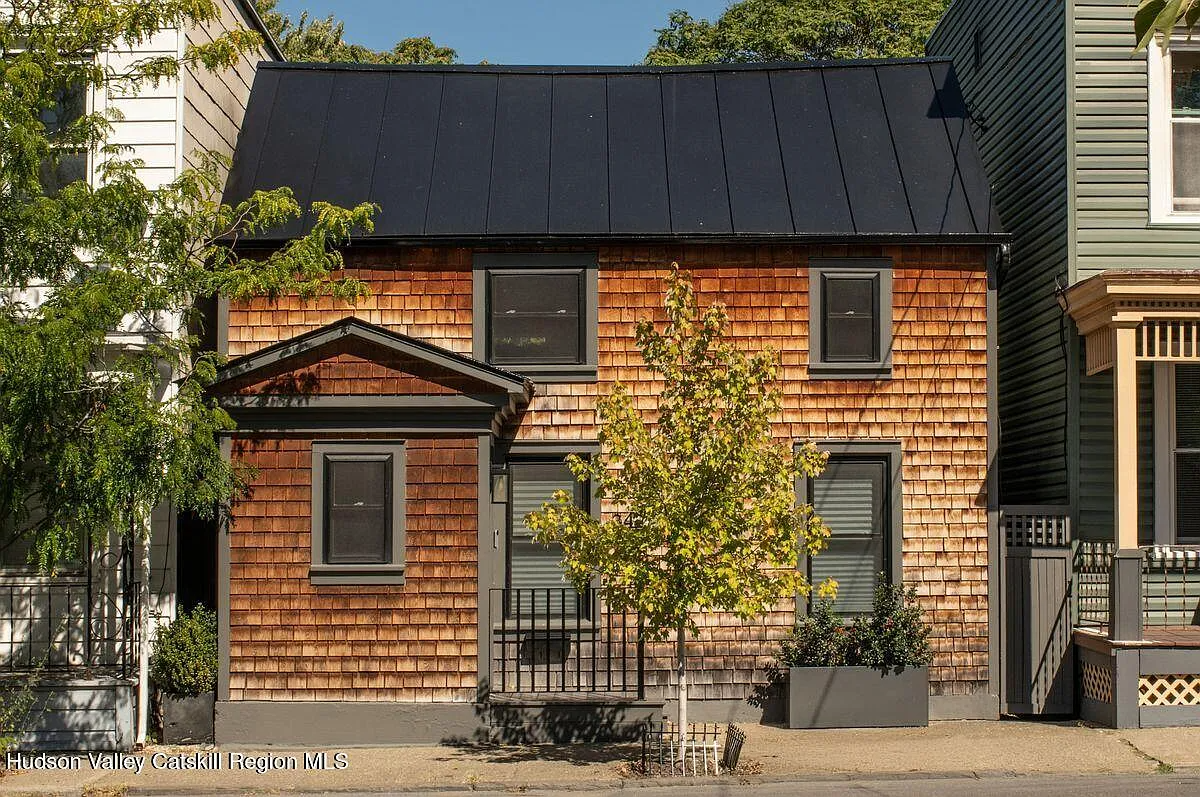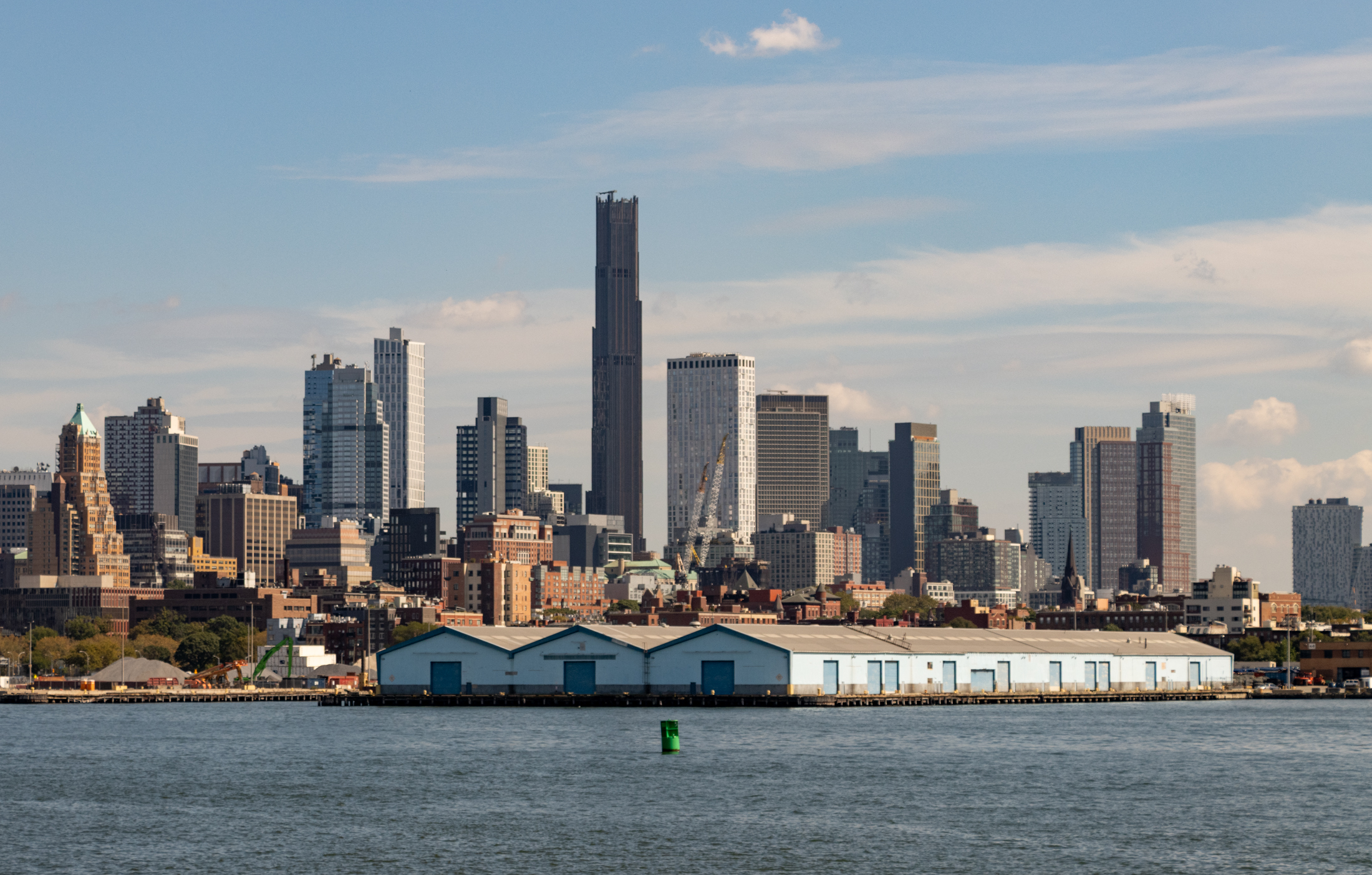AIA Proposed Zoning Tweaks: Beware the Domino Effect
A grumpy and defensive lawyer representing the American Institute for Architects got a little more than he had bargained for when he came to pitch the trade group’s six proposals for changes to the city zoning code (known as “text amendments”) at last week’s Community Board 7 meeting. While the objections raised by the community…


A grumpy and defensive lawyer representing the American Institute for Architects got a little more than he had bargained for when he came to pitch the trade group’s six proposals for changes to the city zoning code (known as “text amendments”) at last week’s Community Board 7 meeting. While the objections raised by the community at the three-hour meeting are too numerous to adequately cover in this space, one potential ramification of enacting the AIA’s suggestions particularly grabbed our attention. The architects (who stand to benefit if the code becomes more pro-developer) have suggested that a building’s height be allowed to be increased by up to 25% up to the height of an adjacent building (something, like all the proposed changes, that can often be achieved by variance). (For example, in an R8 district, a building that otherwise would have been restricted to 60 feet could now be 75 feet if one of the buildings on either side is that tall.) The downside of such a move would be two-fold: 1) The immediate negative impact on light and air of a single application of the proposed change; 2) The far scarier potential for a domino effect longer-term by which a whole block of otherwise two- or three-story buildings gradually could be increased to match the tallest building on the block. Poof! There goes the neighborhood.
AIA Trying to Upzone the Downzoning? [Brownstoner]
Proposed Text Amendments [AIA]





Why fix it if it ain’t broken. It sounds like another loophole for developers to use to abuse our neighborhoods.
The “domino theory” is an interesting one I had not thought of before, though I think its easily addressed by 10:00’s recommendations. (BTW 10:00 – with regard to variances, I think actually these issues are often dealt with through special permits, which do not require a demonstration of hardship.)
At least as far as this height issue is concerned, Polemicist can relax – there is no density issue here. As 9:43/10:15 rightly points out, this about reconfiguring the same amount of density (FAR) within a different envelope. The height is allowed to be more flexible, but the density (FAR) is unchanged.
<>
10:15 It’s common wisdom. 50 sf bulk doesn’t mean infinite hgt, say 50 storeys. It just that: Limited variance consideration.
Yay, once again the rich and the old farts are trying to whip up hysteria over development.
This is making a mountain out of a mole hill, but the worst part is it hurts those of us who aren’t rich.
This proposed legislation is nothing more than an attempt to clarify spot rezoning. For properties on the cusp of a zoning district, you frequently can get a spot rezoning which in effect extends a high density zoning district.
I’ll say it again as I always do – every responsible citizen has the moral obligation to fight opponents of high density development. Opponents of reasonable high density development are simply greedy, and their desires ultimately result in diminishing the quality of life of the poor and middle class.
I do hope dear Dante is wrong. What did he say? The greedy would spend eternity with their faces in the ground? Such greed never pays off in the long term – sooner or later those who you oppress will get wise to the injustice of your policies.
you so confidently responded “wrong” 9:57 but you didn’t address the point i was making. there is a difference between the height of a building and the size (bulk FAR) of a building. I don’t disagree with you assertion that some architects have abused the current building code and have built buildings that don’t fit into certain contexts. The point is that the current zoning code gives limited consideration to context (with regard to height in this case) and the proposed changes would make the zoning code more site specific.
It is worthy to note, from what I have read in their presentation, all of the 6 proposed changes can currently be done through a variance appeal to the Board of Standards and Appeals.
Seems like these sweet-heart changes are doing nothing but saving the AIA’s clients (our friendly developer bunch), time, expense and greater ROI.
Now, how is that considered contextual? Unless we use the term to refer to the status quo in the current building boom. Money talks and BS zoning walks according to the AIA.
You could make the height line-up rule only applicable if the neighboring building was built before the effective date of the text. You might also limit that line-up height to a certain distance from the neighboring building. You shouldn’t be able to use a 25-foot-wide neighbor as justification for building a 200-foot-wide building of equal height. Maybe the line-up height should only be available within a distance from the neighbor equal to the width of that neighbor.
Regarding variances, a variance is only supposed to be granted if the site has unique conditions which make development under the site’s zoning economically infeasible. Without this ‘hardship,’ there is no variance case. Of course, there are financial experts, engineers, and attorneys whose entire practice consists of demonstrating such a hardship where none is apparent to the untrained eye, but it’s still a stretch to say that a vaiance can often be achieved.
Wrong 9:43. AIA is attempting to circumvent building regulations that protect communities and get away with it as in the infamous case of Scarano. The contextual is exactly the problem.
I think you are misunderstanding the issue. There is a difference between Height and Bulk. One can design a building that is the same total square feet but just taller. I believe, the AIA is not lobbying for larger buildings just more contextual height.